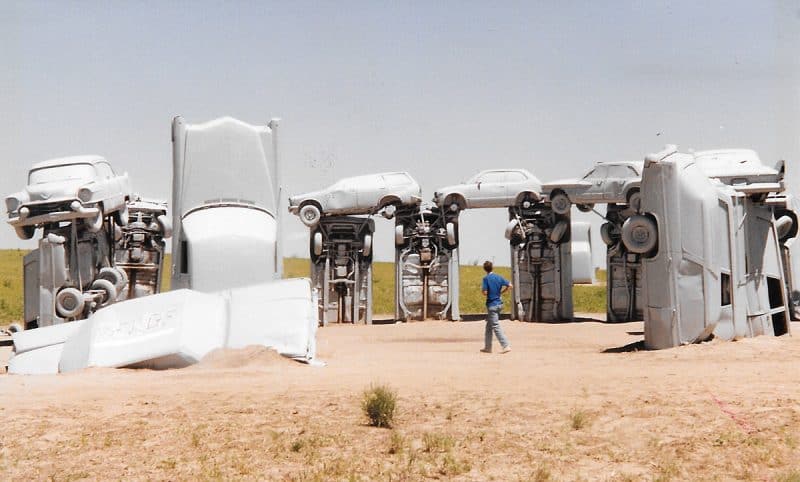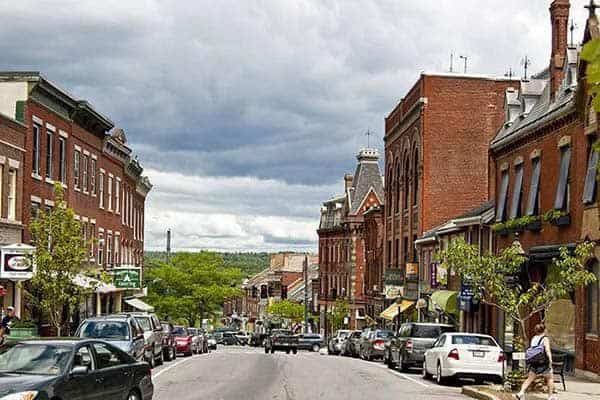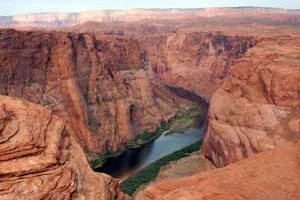
By Susan McKee
What’s a total solar eclipse? The moon comes between you, earthling, and the sun, turning day briefly into night.
It’s not that they’re rare — between two and five occur every year (when the moon’s orbit is closest to earth) but it is rare for one to cross the entire United States, coast to coast. That’s what will happen August 21, 2017, for the first time in nearly a century.
The narrow track of totality for the U.S. is about 70 miles wide, and starts on the northwest coast and diagonals across the continent to the southeast, presenting unlimited chances to catch the show.
The first major city in the path is Salem, Oregon — about halfway between Portland and Eugene. Totality is expected at 10:18 a.m. PDT at the state’s capitol. One place to view? From the statehouse steps during the Solar Eclipse Weekend event. (Travel tip: traffic will be less in the smaller towns to the east, such as Madras, 10:21 a.m. PDT, or John Day, 10:24 a.m. PDT.)

The eclipse barrels east through Idaho, skirting Montana and heading onwards to Wyoming where it reaches Casper about 11:45 a.m. MDT before heading into Nebraska. There it passes over Alliance at 11:51 a.m. MDT, providing another spectacular place to watch it: Carhenge.
American Stonehenge
You’ve heard of England’s Stonehenge, of course. Using 1960s American automobiles instead of stones, a Nebraska native son designed a distinctly American homage to that ancient site. (Insider tip: Pete Ricketts, the governor of Nebraska is expected to watch the eclipse here.)
Continuing east, the eclipse hits its second state capital city, Lincoln, at 1:03 p.m. CDT.
The eclipse clips the northeast corner of Kansas before crossing into Missouri, picking up its third state capital, Jefferson City — where state workers are getting the day off.
About 1:21 p.m. CDT it crosses Carbondale, Illinois. For true eclipse junkies, this is the place to be August 21, because the next total solar eclipse in the U.S. also crosses Carbondale: April 8, 2024.
Through Nashville
Crossing western Kentucky, the total eclipse continues through Nashville, Tennessee (the fourth state capital in its path) and clipping corners of North Carolina and Georgia and its fifth and final state capital — Columbia, South Carolina — before exiting the U.S. at Charleston at 2:48 p.m. EDT.
In North Carolina, I’d head to Franklin, and in Georgia it’s no contest: the top of Brasstown Bald, the highest mountain in the state. In South Carolina, check out what’s happening in Columbia. Your chances of finding a hotel room in Charleston at eclipse time are between slim and none.
But, wait! There’s more! The path of totality continues east. Royal Caribbean is offering a “Total Eclipse” cruise departing from Cape Canaveral, Florida, August 20 that promises to place passengers in the right place at the right time for optimal viewing the next day.
Keep in mind that a total eclipse lasts less than two minutes in any one spot on earth, so you can’t be late. Weather, too, is important. You can’t see the sun, eclipse or not, if it’s raining — so check the forecast for your intended location.
Don’t look directly at the sun — even when the moon is passing in front of it. Serious eye damage could result (yes, permanent blind spots from a burned retina). If you don’t have approved glasses or welding safety glasses, use the time-honored technique of projecting the light through a pinhole in a piece of card stock.

- Sicily’s Special Places: Here are Five Favorites - March 12, 2020
- A Summer Cruise in the High Arctic - September 26, 2019
- The Tangled Cultures of Goa, India - March 8, 2019





